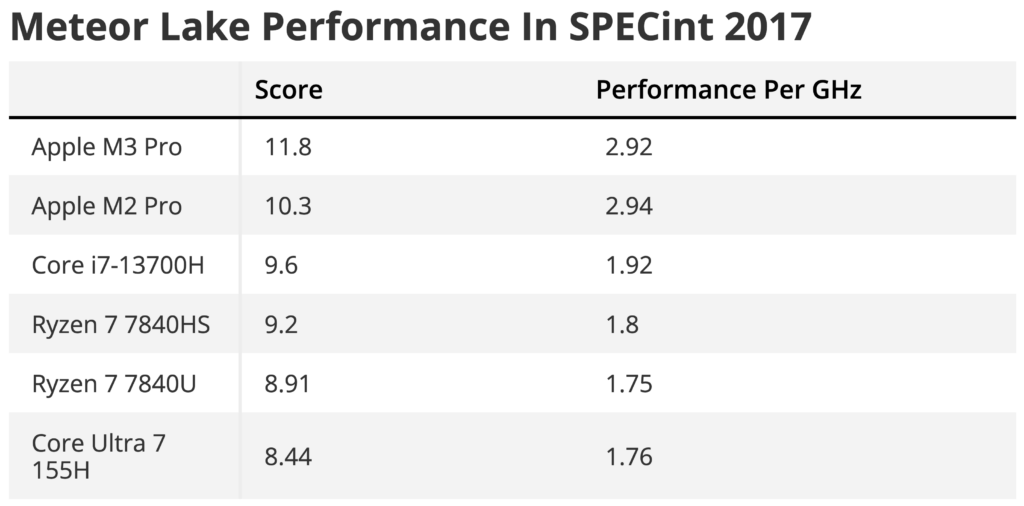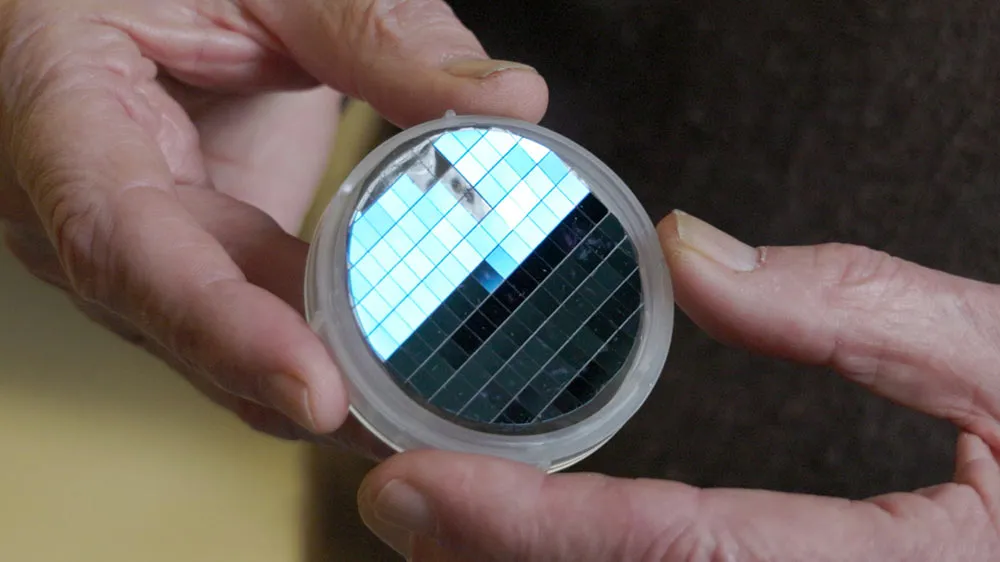All of my opinions are italicized and sources are in blue.
As reported by Ars Technica,
Pink-haired Aitana Lopez is followed by more than 200,000 people on social media. She posts selfies from concerts and her bedroom, while tagging brands such as hair care line Olaplex and lingerie giant Victoria’s Secret.
Brands have paid about $1,000 a post for her to promote their products on social media—despite the fact that she is entirely fictional.
Aitana is a “virtual influencer” created using artificial intelligence tools, one of the hundreds of digital avatars that have broken into the growing $21 billion content creator economy.
Their emergence has led to worry from human influencers their income is being cannibalized and under threat from digital rivals. That concern is shared by people in more established professions that their livelihoods are under threat from generative AI—technology that can spew out humanlike text, images and code in seconds.
But those behind the hyper-realistic AI creations argue they are merely disrupting an overinflated market.
“We were taken aback by the skyrocketing rates influencers charge nowadays. That got us thinking, ‘What if we just create our own influencer?’” said Diana Núñez, co-founder of the Barcelona-based agency The Clueless, which created Aitana. “The rest is history. We unintentionally created a monster. A beautiful one, though.”
Over the past few years, there have been high-profile partnerships between luxury brands and virtual influencers, including Kim Kardashian’s make-up line KKW Beauty with Noonoouri, and Louis Vuitton with Ayayi.
Instagram analysis of an H&M advert featuring virtual influencer Kuki found that it reached 11 times more people and resulted in a 91 percent decrease in cost per person remembering the advert, compared with a traditional ad.
“It is not influencing purchase like a human influencer would, but it is driving awareness, favourability and recall for the brand,” said Becky Owen, global chief marketing and innovation officer at Billion Dollar Boy, and former head of Meta’s creator innovations team.
Brands have been quick to engage with virtual influencers as a new way to attract attention while reducing costs.
“Influencers themselves have a lot of negative associations related to being fake or superficial, which makes people feel less concerned about the concept of that being replaced with AI or virtual influencers,” said Rebecca McGrath, associate director for media and technology at Mintel.
“For a brand, they have total control versus a real person who comes with potential controversy, their own demands, their own opinions,” McGrath added.
Human influencers contend that their virtual counterparts should have to disclose that they are not real, however. “What freaks me out about these influencers is how hard it is to tell they’re fake,” said Danae Mercer, a content creator with more than 2 million followers.
The UK’s Advertising Standards Agency said it was “keenly aware of the rise of virtual influencers within this space” but said there was no rule where they must declare they are generated by AI.
Many other markets are contending with the problem, with India being one country that forces virtual influencers to reveal their AI origins.
Although The Clueless discloses Aitana is fake through the hashtag #aimodel in her profile on Instagram, many others do not do so or use vague terms such as #digitalinfluencer.
“Even though we made it clear she was an AI-generated model . . . initially, most of her followers didn’t question her authenticity, they genuinely believed in her existence,” said Núñez, who added that Aitana has received multiple requests to meet followers in person.
As reported by Tom’s Hardware,
Benchmarks published by hardware tester David Huang reveal that Intel’s latest Meteor Lake CPUs may actually have lower instructions-per-clock (IPC) than 13th and 14th Gen Raptor Lake CPUs. Meteor Lake’s somewhat disappointing CPU performance already confirmed that it didn’t feature an impressive IPC boost, but it’s looking more like these cutting-edge chips have actually seen a regression.
IPC is a key indicator of architectural improvements when comparing CPUs of one generation to another. Being able to do more work in a clock cycle is generally good, and it indicates a design has improved over its predecessor. Measuring IPC greatly depends on the workload, however, and is difficult to nail down — cache sizes and the instruction mix can greatly impact the throughput. Huang used SPECint 2017 for his testing, where performance hinges almost entirely on raw horsepower.

Huang tested the Core Ultra 7 155H and a variety of other CPUs using just one core, leaving the CPU clock speeds to run at default speeds. He then derived a form of IPC by dividing the performance by the clock speed. One caveat to this testing is that the 155H is being compared to a Core i7-13700H with DDR5 memory as opposed to LPDDR5, which Huang admits can throw off the results. Still, that shouldn’t impact things enough to change the conclusion that Meteor Lake’s IPC is lower than Raptor Lake’s.
Meteor Lake’s IPC is roughly on par with AMD’s Zen 4 Ryzen 7040 APUs, which is a silver lining, especially since upcoming Ryzen 8040 APUs will have identical CPU performance. However, there’s a very clear gap between Meteor Lake and Apple silicon, one that Intel should be working to shrink rather than letting it grow wider.
On a technical level, it’s hard to say why Meteor Lake has regressed in this test, but the CPU’s performance characteristics elsewhere imply that Intel simply might not have cared as much about IPC. Meteor Lake is primarily designed to excel in AI applications and comes with the company’s most powerful integrated graphics yet. It also features Foveros technology and multiple tiles manufactured on different processes. So while Intel doesn’t beat AMD or Apple with Meteor Lake in IPC measurements, there’s a lot more going on under the hood.
While raw CPU performance is likely a lower priority for Intel as it focuses on AI and graphics performance, the company may still improve IPC with future Lunar Lake and Arrow Lake CPUs. There may also be other scenarios where Meteor Lake does better than in the SPECint 2017 testing shown here.
As reported by The Associated Press,
The New York Times is striking back against the threat that artificial intelligence poses to the news industry, filing a federal lawsuit Wednesday against OpenAI and Microsoft seeking to end the practice of using its stories to train chatbots.
The Times says the companies are threatening its livelihood by effectively stealing billions of dollars worth of work by its journalists, in some cases spitting out Times’ material verbatim to people who seek answers from generative artificial intelligence like OpenAI’s ChatGPT. The newspaper’s lawsuit was filed in federal court in Manhattan and follows what appears to be a breakdown in talks between the newspaper and the two companies, which began in April.
The media has already been pummeled by a migration of readers to online platforms. While many publications — most notably the Times — have successfully carved out a digital space, the rapid development of AI threatens to significantly upend the publishing industry.
Web traffic is an important component of the paper’s advertising revenue and helps drive subscriptions to its online site. But the outputs from AI chatbots divert that traffic away from the paper and other copyright holders, the Times says, making it less likely that users will visit the original source for the information.
“These bots compete with the content they are trained on,” said Ian B. Crosby, partner and lead counsel at Susman Godfrey, which is representing The Times.
An OpenAI spokesperson said in a prepared statement that the company respects the rights of content creators and is “committed” to working with them to help them benefit from the technology and new revenue models.
“Our ongoing conversations with the New York Times have been productive and moving forward constructively, so we are surprised and disappointed with this development,” the spokesperson said. “We’re hopeful that we will find a mutually beneficial way to work together, as we are doing with many other publishers.”
As reported by The Guardian,
SpaceX launched a rocket on Tuesday carrying the first set of Starlink satellites that can beam signals directly to smartphones from space.
Elon Musk’s space business struck a deal in August 2022 with wireless carriers to provide phone users in “dead zones” with network access via its Starlink satellites.
One of the carriers, T-Mobile US, confirmed that the satellites, carried on a SpaceX Falcon 9 rocket, were in low-Earth orbit this morning.
The direct-to-cell service will begin with text messaging, followed by voice and data capabilities in the coming years, T-Mobile’s statement said. Satellite service will not be immediately available to T-Mobile customers; the company said that field testing would begin “soon”.
SpaceX plans to “rapidly” scale up the project, according to Sara Spangelo, senior director of satellite engineering at SpaceX. “The launch of these first direct-to-cell satellites is an exciting milestone for SpaceX to demonstrate our technology,” she said.
Mike Katz, president of marketing, strategy and products at T-Mobile, said the service was designed to help ensure users remained connected “even in the most remote locations”. He said he hoped dead zones would become “a thing of the past”.
Other wireless providers across the world, including Japan’s KDDI, Australia’s Optus, New Zealand’s One NZ and Canada’s Rogers will collaborate with SpaceX to launch direct-to-cell technology.
As reported by Tom’s Hardware,
Georgia Tech researchers claim they have created “the world’s first functional semiconductor made from graphene.” Importantly, the research team’s epitaxial graphene is claimed to be compatible with conventional microelectronics processing methods and is thus a realistic silicon alternative. Moreover, this refined material achieves a desirable band gap for electronics applications and has latent potential for future quantum computing devices.

Technology pundits have highlighted the battle to keep Moore’s Law alive for years. One of the key issues faced by those wanting to push semiconductors forward is that silicon is reaching its limits. Graphene has consistently been touted as a wonder material (ever since its discovery in 2004). Still, it has not yet been instrumental to any significant or widely adopted technological breakthrough(s). However, the Georgia Institute of Technology researchers seem to be onto something big with their refined epitaxial graphene bonded to silicon carbide.
To get to this point, Dr. Walter de Heer, Regents’ Professor of Physics at Georgia Tech, led a team of researchers based in Atlanta and Tianjin, China. The professor has been working on 2D graphene since the early 2000s.
“We were motivated by the hope of introducing three special properties of graphene into electronics,” he said. “It’s an extremely robust material, one that can handle very large currents, and can do so without heating up and falling apart.”
Despite those three properties, a key semiconductor characteristic has been absent from graphene-based materials until now. “A long-standing problem in graphene electronics is that graphene didn’t have the right band gap and couldn’t switch on and off at the correct ratio,” said Dr. Lei Ma, de Heer’s co-founder of the Tianjin International Center for Nanoparticles and Nanosystems at Tianjin University in China. “Over the years, many have tried to address this with a variety of methods. Our technology achieves the band gap, and is a crucial step in realizing graphene-based electronics.” Lei Ma was also the co-author of the Ultrahigh-mobility semiconducting epitaxial graphene on silicon carbide paper published by Nature today.
The research team’s breakthrough came as they successfully learned how to grow graphene on silicon carbide wafers using special furnaces – producing epitaxial graphene bonded to silicon carbide. According to the Georgia Tech blog, it took a decade to perfect this material. Now, tests show their graphene-based semiconductor material has ten times greater mobility than silicon. “In other words, the electrons move with very low resistance, which, in electronics, translates to faster computing,” explained the educational and research establishment’s blog.
The Regents’ Professor of Physics puts the appealing properties of graphene-based electronics in simpler terms. “It’s like driving on a gravel road versus driving on a freeway,” de Heer said of the electron movement through his refined graphene semiconductor material. “It’s more efficient, it doesn’t heat up as much, and it allows for higher speeds so that the electrons can move faster.”
According to the Georgia Tech research team, their epitaxial graphene bonded to silicon carbide is far superior to any other 2D semiconductors in development. Prof de Heer characterized the semiconductor materials breakthrough as a “Wright brothers moment” and also highlighted the material’s compatibility with the quantum mechanical wave properties of electrons, meaning it could be instrumental to future advances in quantum computing.

